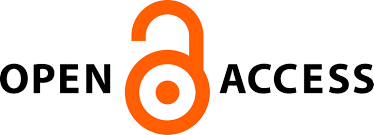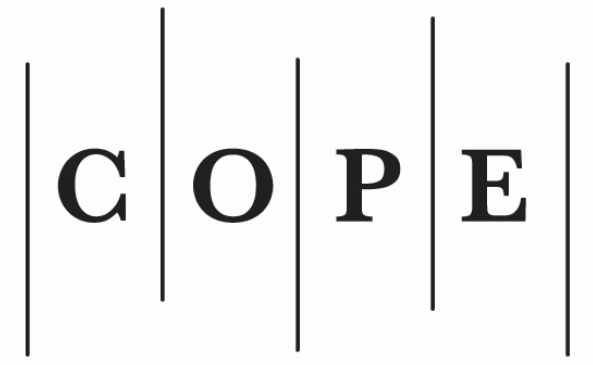Pareigūnų vertybinių orientacijų ir motyvacijos ryšys bei jų poveikis studijoms
plugins.themes.bootstrap3.article.main6944286c05bd1
Santrauka
Straipsnyje nagrinėjamas policijos pareigūnų vertybinių orientacijų motyvuojantis vaidmuo jų veiklai ir studijoms. Palyginus pareigūnų veiklos vertybinius prioritetus su Lietuvos gyventojų įvairių socialinių grupių vertybinėmis nuostatomis daroma išvada, kad policininkų vertybių reikšmingumo tendencijos yra identiškos visuomenėje vykstantiems vertybių kaitos procesams. Todėl tikslinga, atsižvelgiant į pareigūnų vertybinių orientacijų ypatumus, atitinkamai organizuoti policijos pareigūnų rengimą ir sudaryti sąlygas įgyti išsilavinimą bei kelti kvalifikaciją.
Straipsnyje laikomasi nuomonės, kad šiuo metu vidaus reikalų sistemos vadovų vykdomoje policijos pareigūnų rengimo, motyvavimo politikoje nepakankamai atsispindi policijos pareigūnų veiklos vertybių reikšmingumo tendencijos.
Darbe panaudoti straipsnio autorių bei kitų tyrinėtojų atlikti sociologiniai vertybinių orientacijų bei motyvacijos tyrimai.
Straipsnyje laikomasi nuomonės, kad šiuo metu vidaus reikalų sistemos vadovų vykdomoje policijos pareigūnų rengimo, motyvavimo politikoje nepakankamai atsispindi policijos pareigūnų veiklos vertybių reikšmingumo tendencijos.
Darbe panaudoti straipsnio autorių bei kitų tyrinėtojų atlikti sociologiniai vertybinių orientacijų bei motyvacijos tyrimai.
plugins.themes.bootstrap3.article.details6944286c09f95
Skyrius
Mokslo straipsnis
Šiam žurnalui suteikta Creative Commons Priskyrimas - CC BY 4.0 licencija (taikoma nuo 2025 m.).






